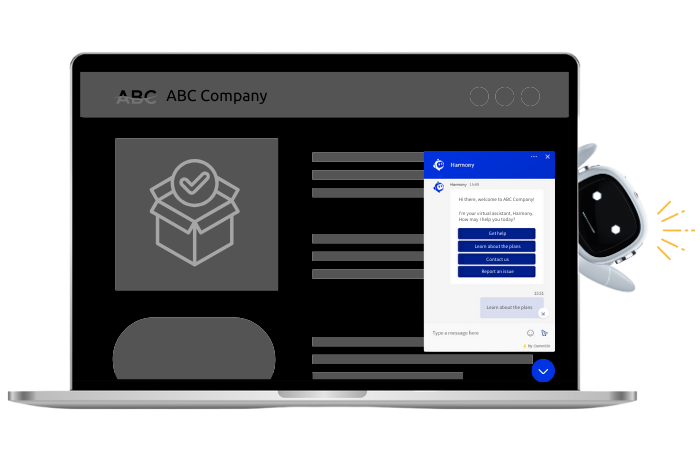Convenience continues to be the consumers’ main motivation for online shopping. At a time when all it takes are a few clicks to buy products and services online, getting customer support should be as convenient.
With a sophisticated live chat tool on your website, help is just a click away. You have the opportunity to address questions and solve product-related issues in real time. This works great as online consumers have shown preference for live chat over phone and email support. The feature on its own gives your business an edge against competitors that rely on traditional customer service platforms.
Live chat also offers many advantages. You can use it to achieve multiple business goals like reducing operational costs, improving response times, boosting sales, and more.
There is no one solution to solve all the needs of your eCommerce business. But it pays to invest in tools that work hard to benefit both you and your customers. Forrester Research noted that live chat is among the top technologies online retailers should invest in. So if you want a powerful support, marketing and sales tool to help grow your business, integrating live chat into your strategy is a must.
Understanding the Difference: Inbound and Outbound Live Chat
The question now is: which type of live chat is most suitable for your business needs? You may be looking into integrating inbound live chat, outbound live chat or a combination of both into your eCommerce site.
Inbound live chat is reactive.
This means that your team addresses incoming chats initiated by site visitors. Think of it as going into a physical store. You’re interested in a certain product so you ask an associate for assistance and get help immediately.
In the same manner, when your site visitors click the chat button, they instantly get connected to a real person who can address their concerns.
Why should you use inbound live chat?
- Resolving customer queries becomes more convenient. The process is also infinitely faster than writing an email or making a phone call.
- Your existing customers can reach out to you when they need help by simply visiting your site. While it is more common for businesses to offer live chat support during business hours, you have the option to keep your site staffed 24/7 with platforms like YourChatTeam.
- Since site visitors make the first contact, you can be certain of their interest level. They know what they need, which can make the process easier for both parties.
- Your live chat agents can address multiple customer queries concurrently, effectively cutting down your operational costs.
Outbound live chat, on the other hand, is proactive.
This means that your business can start conversations with site visitors based on predefined behavior metrics. Think of it again as entering a physical shop and showing interest in a certain product. But this time an associate will approach you, without being asked for help, and provide the relevant information you may need to make a decision. Sounds straightforward, right?
Outbound live chat works in a similar fashion. Let’s say a site visitor has been lingering on a specific product page for a while. This behavior can prompt a chat window to open so an associate can initiate a conversation, offer help, or provide product-related information.
Take note that implementing outbound chat is a more complex process compared to inbound chat. You need to reach out to site visitors with the right message at the right time. Otherwise, they may find proactive chat to be inconvenient or obtrusive. You can address this by testing out different welcome messages to see which one works best. It is also imperative to choose a live chat service provider that offers robust analytics so you can regularly review and refine your strategy. When done right, proactive chat can certainly yield high returns for your business.
Why should you use outbound live chat?
- You can capture the attention of site visitors who may not be familiar with the live chat button.
- Using a proactive live chat platform like Comm100 gives you access to important analytics. You’ll be able to learn key information such as location, device, the source of traffic, and site pages they are viewing which you can use to better understand your customers.
- You can initiate data-driven context-based messages with site visitors. For example, you can offer help with sizing, checking stock, color selection of the product they have shown interest in.
- Upsell or cross-sell relevant products in your shop.
- Offer coupons, discounts, and other perks that can nudge browsers into becoming buyers.
- Amplify your lead generation efforts by engaging your site visitors 24/7 with solutions providers like YourChatTeam.
Final Thoughts
While inbound live chat works well as a customer support tool, it’s only half the battle for generating leads or improving conversions. You should also note that not all site visitors are keen to ask questions. In fact, fifty-seven percent of online consumers are likely to abandon their purchase if cannot immediately find the information they need. Outbound live chat addresses these issues by being more perceptive with customers’ needs. If you want to achieve maximum results with your live chat strategy, consider integrating both inbound and outbound live chat on your eCommerce site.
AI-Powered Live Chat That Empowers Agents and Impresses Customers
Enhance every customer interaction with the most advanced, AI-driven live chat solution on the market.
Learn more
Solution







